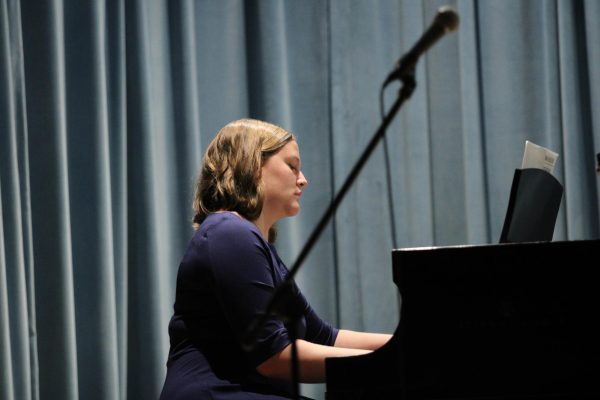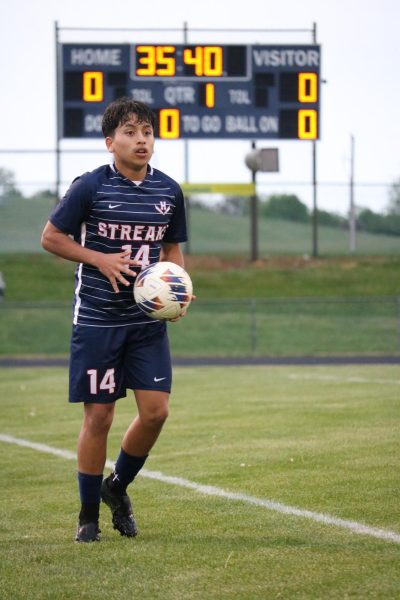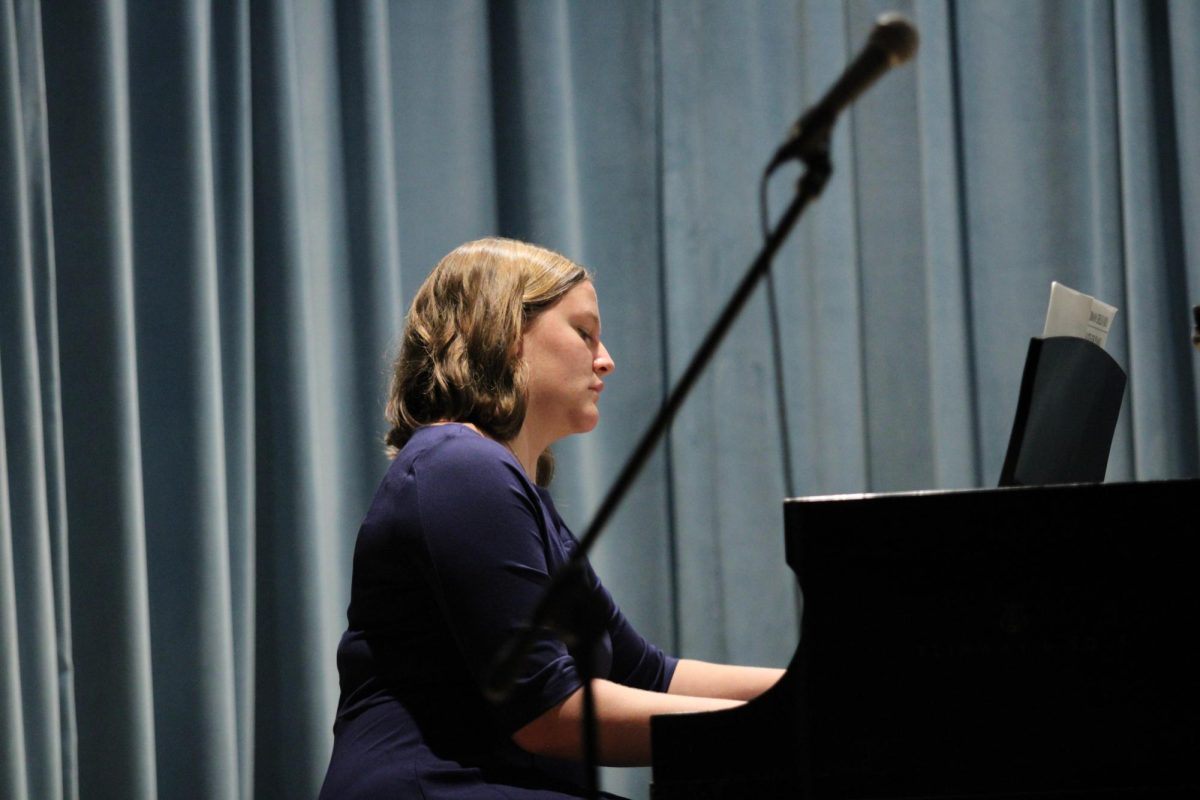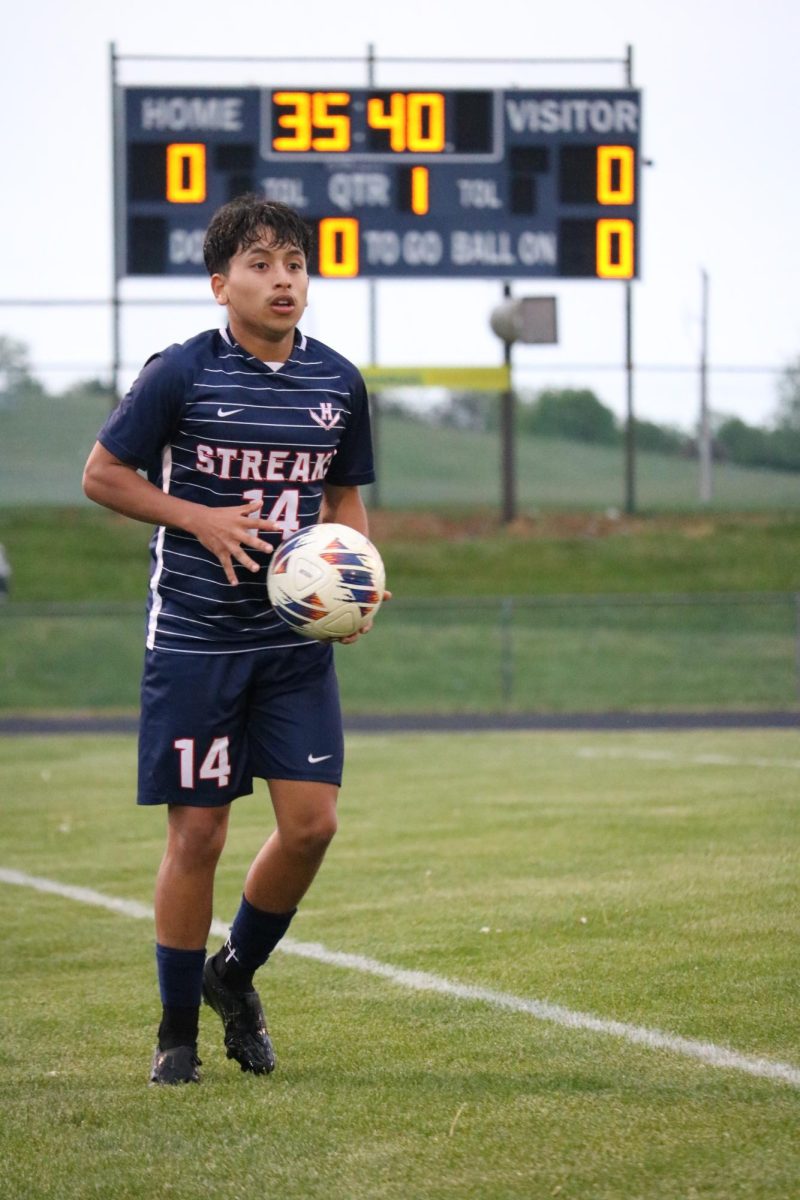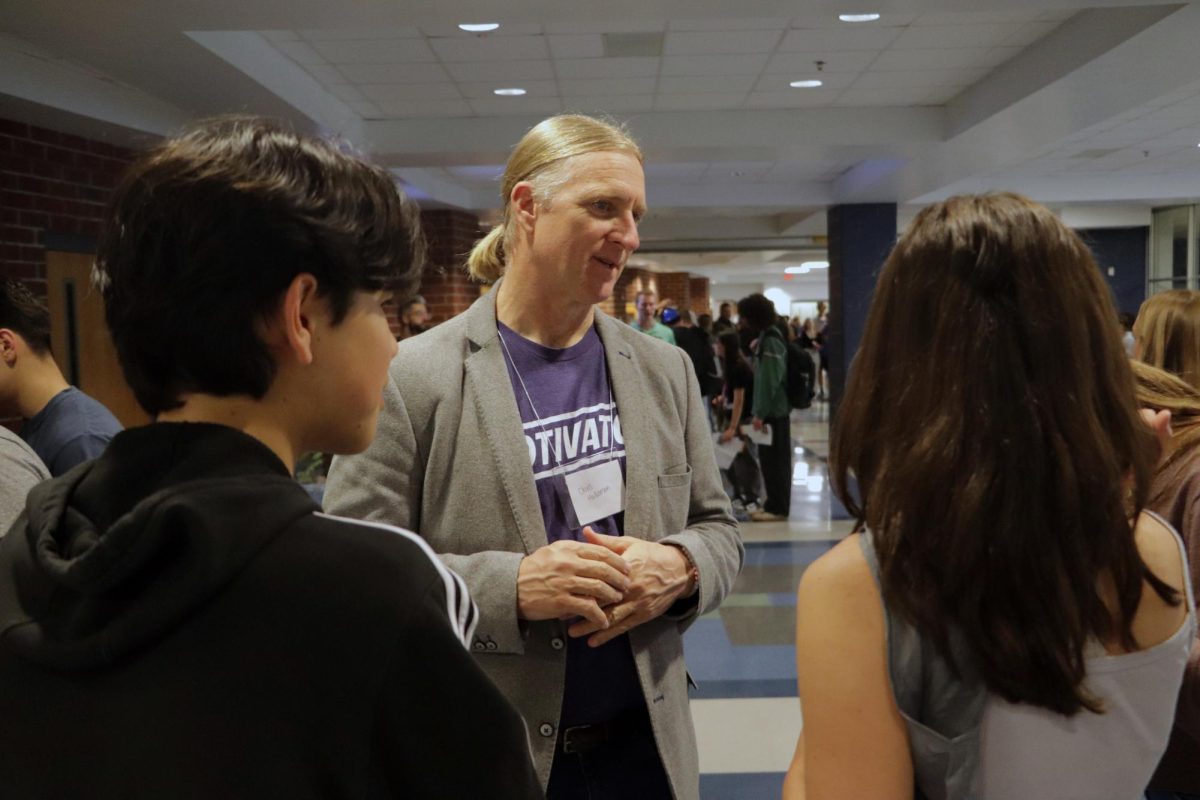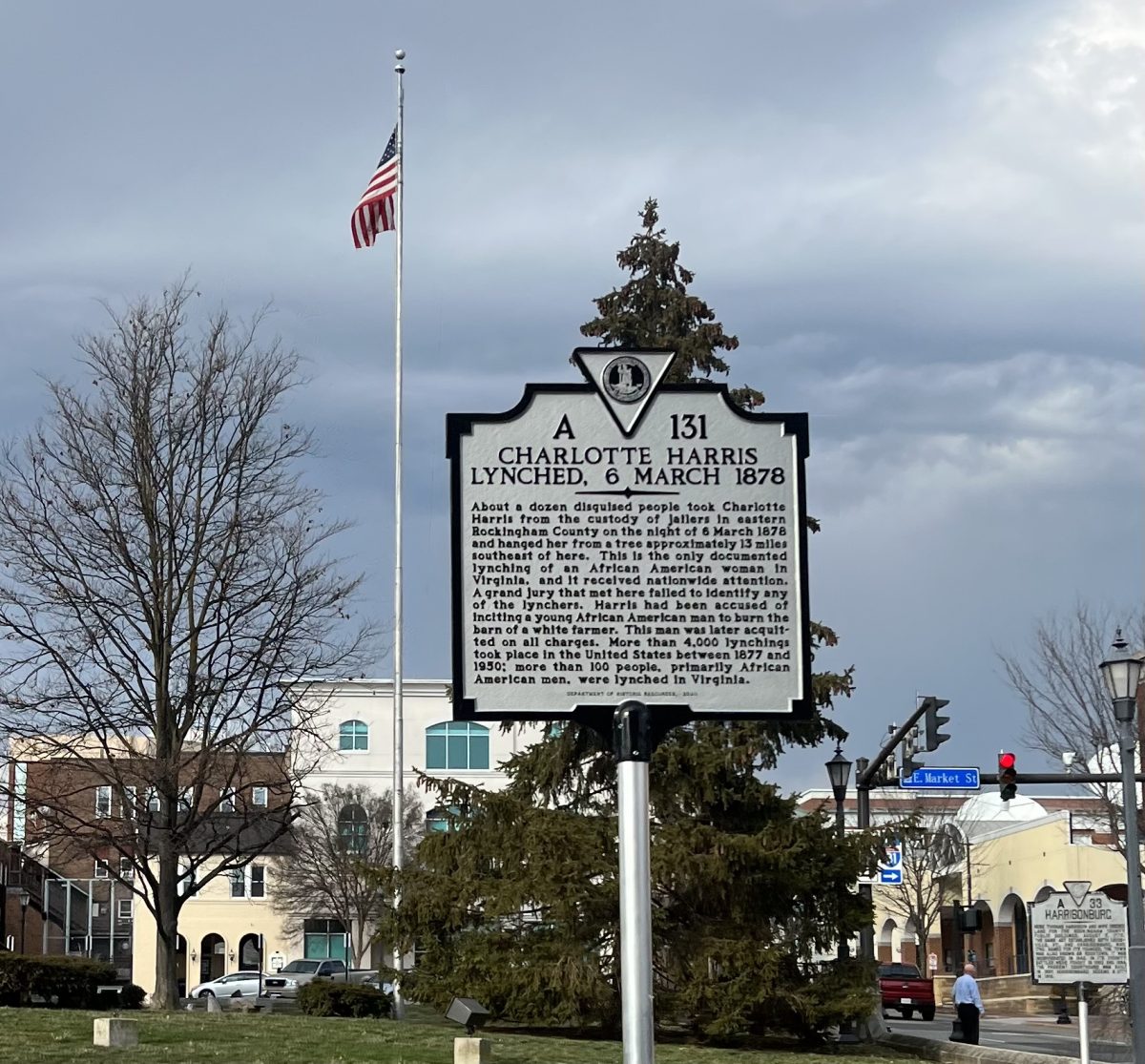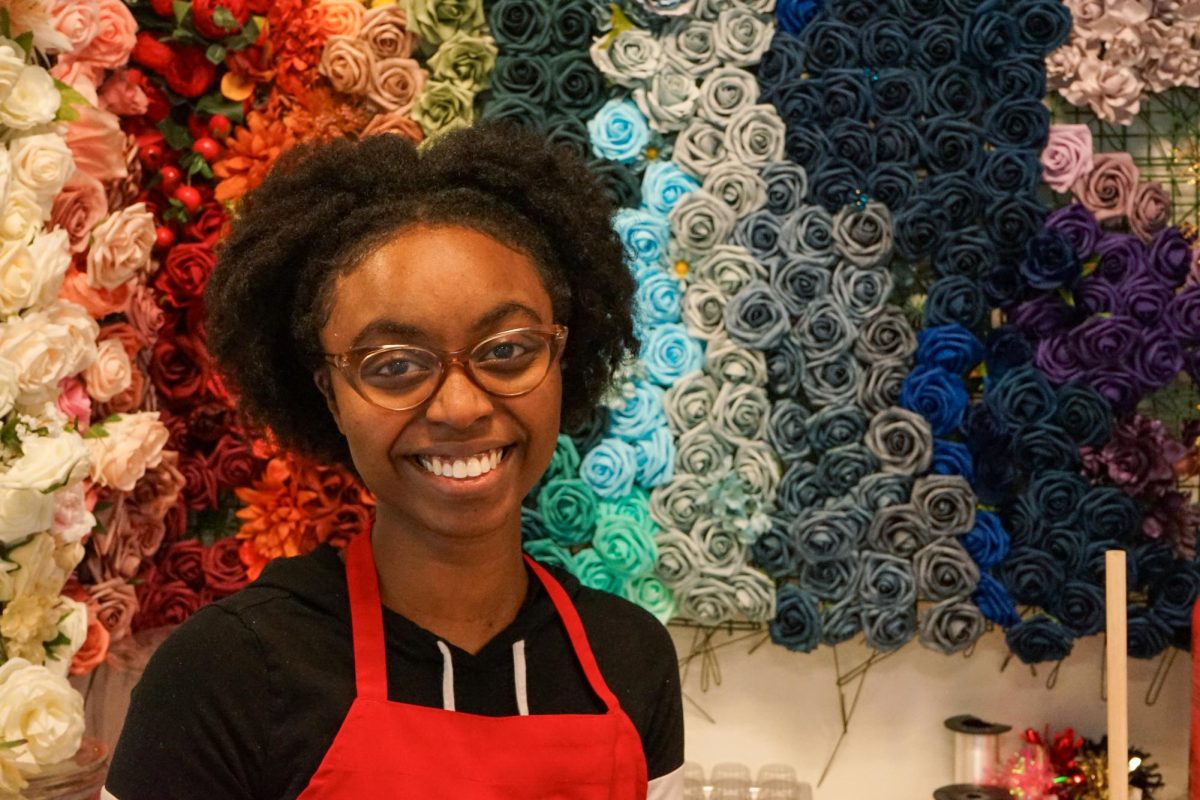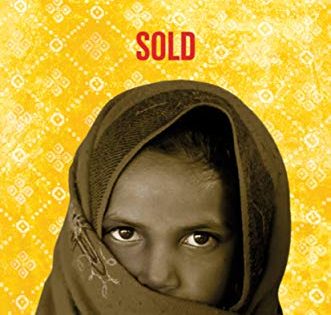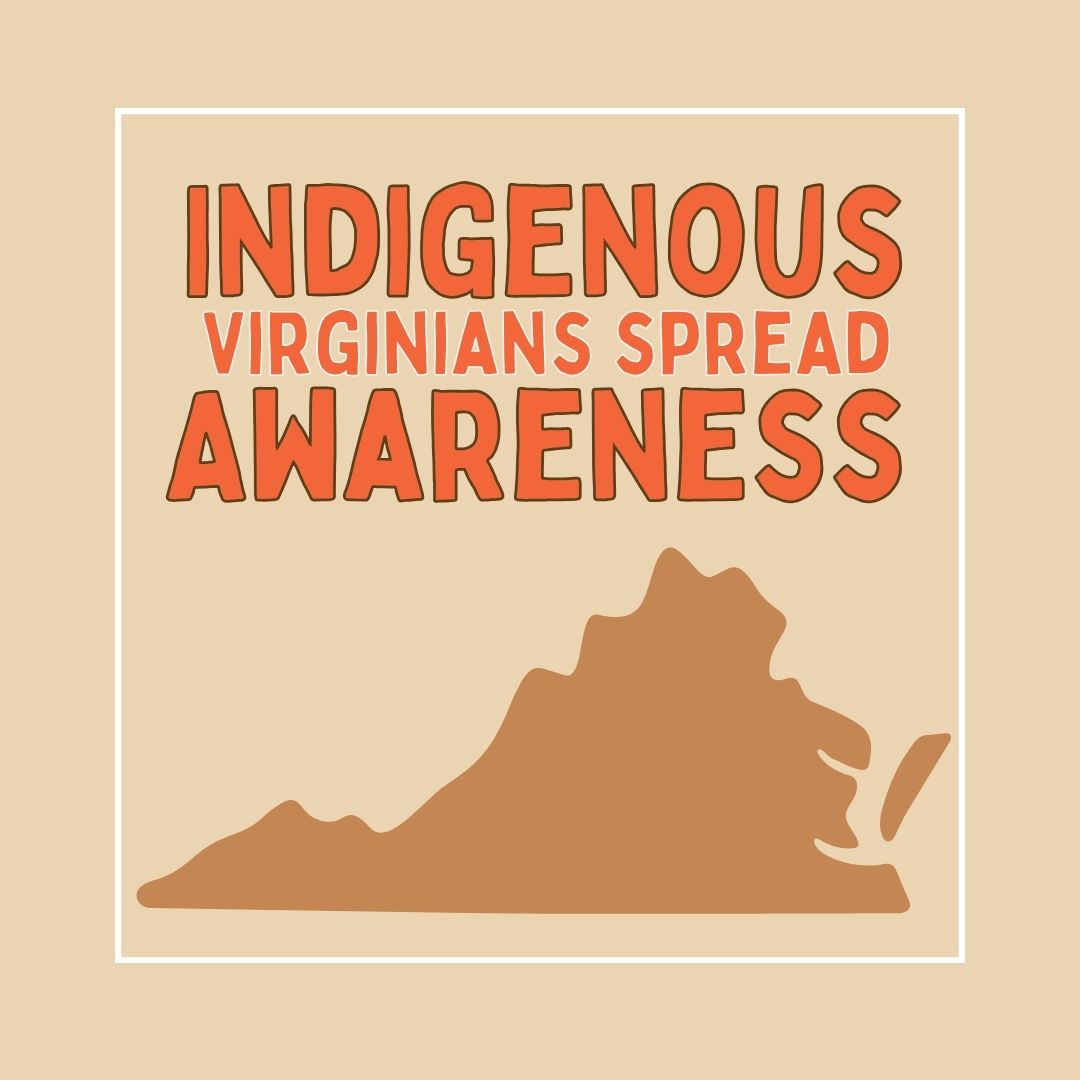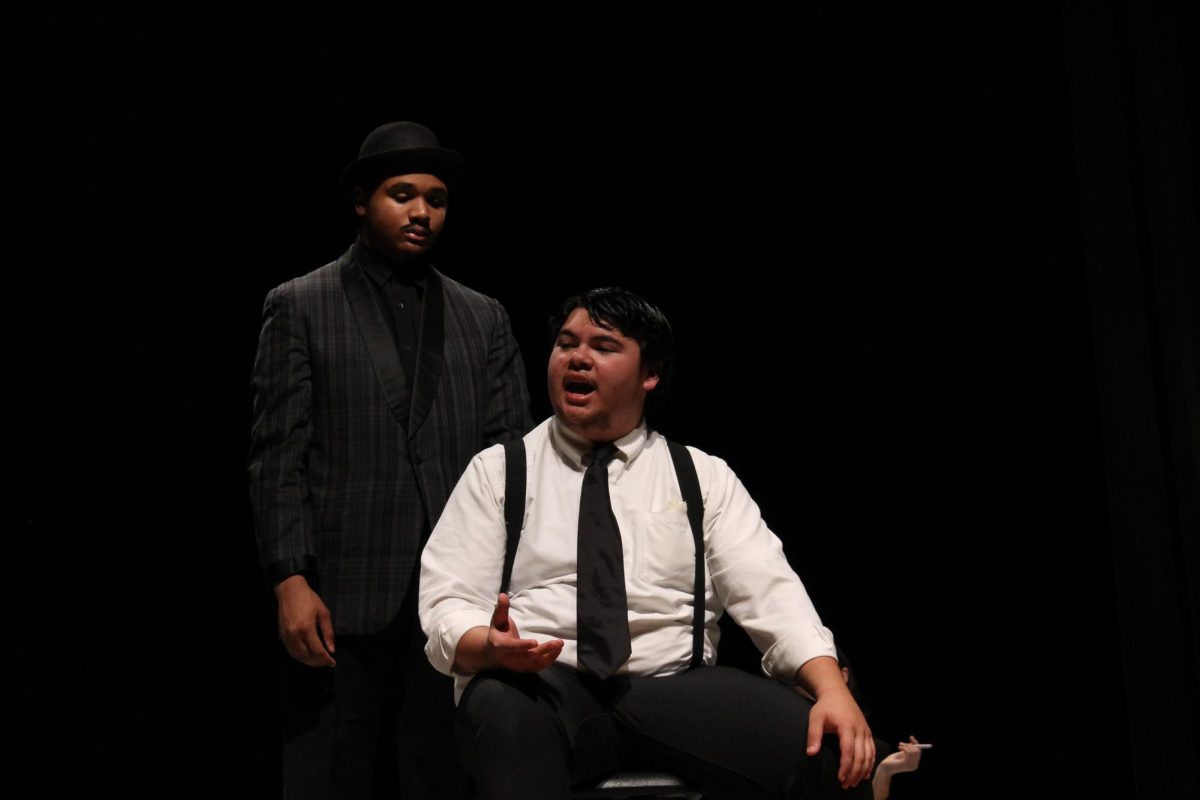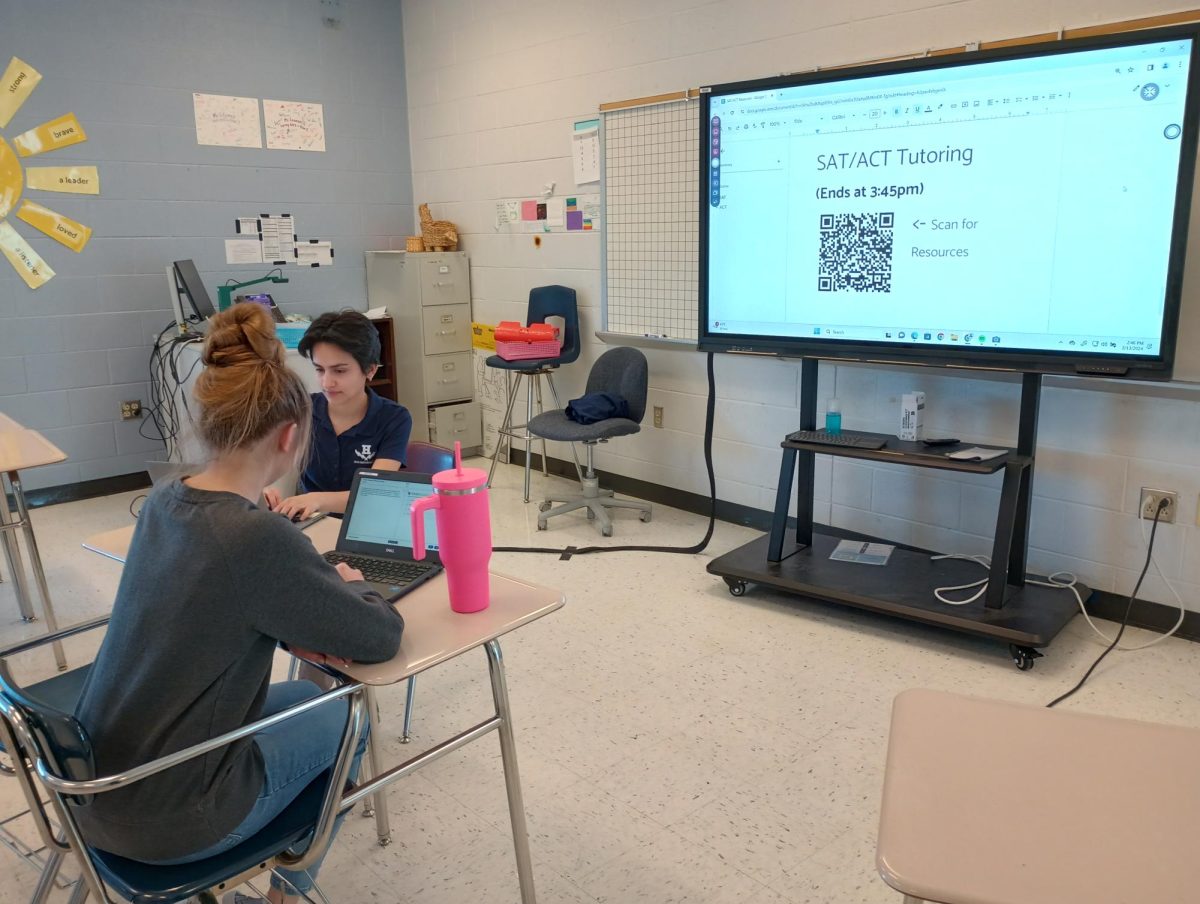Charlotte Harris was in custody for being accused of instigating the burning of a barn by a Black teenager, Jim Ergenbright. Ergenbright would also be taken into custody.
She was awaiting trial when a group of 12 disguised men seized her from custody and hung her to a tree, 400 yards from the prison where she stayed in, March 6, 1878.
She is the only recorded Black woman who was a victim of lynching in Virginia.
Through a project directed by Department of Justice Studies professor Gianluca De Fazio, Harris’s story was revealed.
In 2020 with the help of De Fazio, a marker in her honor was displayed in Court Square stating, “About a dozen disguised people took Charlotte Harris from the custody of jailers in eastern Rockingham County on the night of 6 March 1878 and hanged her from a tree approximately 13 miles southeast of here. This is the only documented lynching of an African American woman in Virginia, and it received nationwide attention. A grand jury that met here failed to identify any of the lynchers. Harris had been accused of inciting a young African American man to burn the barn of a white farmer. This man was later acquitted on all charges. More than 4,000 lynchings took place in the United States between 1877 and 1950; more than 100 people, primarily African American men, were lynched in Virginia.”
The project that led stories like Harris’s to be uncovered is “Racial Terror: Lynchings in Virginia”. It started as a research project, which turned into a vital lynching victim record highlighting the predominantly Black victims.
“I wanted my students to compile a database about deadly lynchings in Virginia because there was very little research about this and very little documentation,” De Fazio said.
The usage of historical records including newspapers was essential to making the database.
“We established a small scale project in which it was just trying to find as much information as possible about this lynching victims, so my students studying in 2017 collected almost 500 newspaper articles in the first year and then the project quickly snowballed into more a bigger size, digital projects, to a database with information about their lynching victims, and their news articles, and then mobs of lynching victims and short blog posts for each individual lynching victims, were developed throughout the years,” De Fazio said.
The database previews the name of each victim, the date of the lynching, race and sex, job, percice location, method of death, accusation and mob composition.
“On one hand this was a kind of scholarly project in trying to collect this information and make it available to other researchers and students but it also had a community side to it, providing local communities across Virginia, the possibility to access this research to access these primary sources and start conducting their own research about history,”De Fazio said.
De Fazio pushed the importance of these records to be available to the public.
“This is really important because the history of racial terror the issue of lynching as being very often forgotten and erased, especially in white communities,” De Fazio said. “There is this attitude of, you know, forget about what happened and then just move on, we’ve had the luxury of moving on because that was not their pain. It was not their trauma, but for many, the African American community, they don’t have the luxury of forgetting,” De Fazio said.
The abilities for these lynchings to take place across not only the state but U.S seemed to be a collective effort according to De Fazio from the governments ignorance, to the people’s compliance.
“To kindred up the collective memory of what happened 100 150 years ago, how this violence was run just committable was committed with impunity, when there was a high level of community support and some level of complicity by authorities and local sheriff’s local mayor’s local coroner’s that we just would not investigate these lynchings, and it will be very little to no legal consequence for the people participate into lynchings it’s very important to remember that this happened and how this happened,” De Fazio said.
Despite the claims that the accused had, such as ‘rape of a white woman’, ‘murder of a married white woman’, ‘eloping with a white woman’, their accusations never went to court to investigate the honesty in the claims.
“The point is that the legal system has a duty that the personal accuser setting the crime is guilty or innocent. It’s not up to the mob to decide that. So regardless of where they committed or didn’t committed those crimes that’s beside the point, this is an extra type of violence that denies due process, denies basic rights, and basically betrays the whole rule of law and how it’s supposed to work when someone is accused of a crime,” De Fazio said.
The lynchings also had a political purpose according to De Fazio.
“This threat of racial violence of course was sending a message that they will not be allowed to exercise any form of political control or political agency in the state of Virginia.
— Department of Justice Studies professor Gianluca De Fazio
The message was clear: Black people would be deprived of their rights in the court system as well as the political system and will not have due process.
The history of Black women being lynched
The political purpose of lynching prevented Black women from being sole targets of lynching which is why lynching of women was a rare practice.
“We have throughout the United States documented about 150 cases of women that were lynched, almost all of them, African American women. It’s important to understand that the vast majority of lynching victims were Black men,” De Fazio said.
“The idea of stereotypes of Black criminals or Black rapists for lynchers was necessary in order to take care to eliminate this threat from the community. And so, of course, women will not fit within this category and so very few women were lynched,” De Fazio said. “That was really going against the reputation of the local communities reaching out to a sign of barbarity that will be much harder to justify against Black women.”
It was difficult for lynchers to paint Black women as aggressive to capture the support for the mob abuse, in contrast with Black men who were easily painted as dangerous.
Despite that, Black women would face differing forms of abuse.
“There were other forms of violence and coercion and control against Black women. You can have all sorts of other types of physical punishment from flogging, and tarring and feathering or even sexual assault as a way of punishing Black women for whichever transgression they will might be accused of,” De Fazio said.
Essays about each of the victim’s lives are continued to be published in the digital research project, in hopes of bringing light to the shadowed history of lynching in Virginia.




